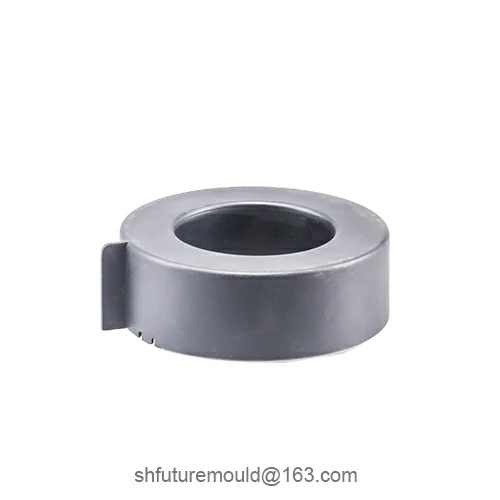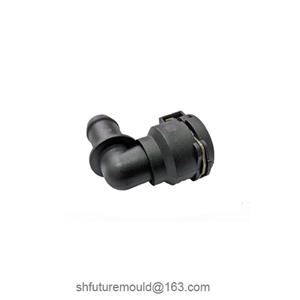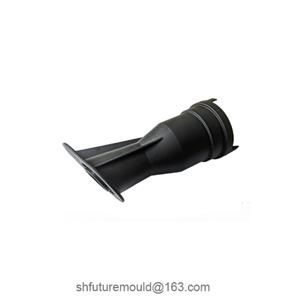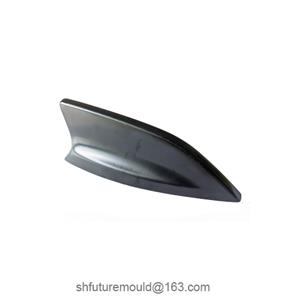How to Design the Sprue for an Injection Mold Gating System
The sprue not only distributes molten plastic evenly to runners but also directly influences melt temperature, pressure distribution, and mold-filling effectiveness.
I. Design Objectives and Basic Requirements
When designing a sprue, the following goals must be prioritized:
Balancing melt distribution: Ensure equal melt supply to all runners to avoid partial underfilling or overpacking.
Maintaining stable melt temperature: Incorporate temperature control measures to prevent performance degradation caused by temperature drops during material transfer.
Reducing shear and energy loss: Optimize sprue geometry to minimize shear stress and frictional heat during flow, preserving the material’s physical properties.
II. Runner Cross-Section Design
1. Cross-Section Shape Selection
Common shapes: Circular, rectangular, and semi-circular cross-sections. A circular shape is preferred for uniform flow velocity and temperature distribution.
2. Dimensional Matching
Flow capacity: The cross-section size must align with the injection machine nozzle, runner system, and cavity requirements. It should ensure sufficient flow while avoiding oversized dimensions that cause melt stagnation.
Process parameters: Adjust dimensions based on material properties (e.g., flowability and viscosity) to stabilize temperature and pressure during filling.
III. Temperature Control and Insulation
1. Localized Heating Design
Temperature maintenance: Install localized heating elements or temperature-controlled channels in critical sprue areas to prevent rapid cooling.
Temperature uniformity: Ensure even melt temperature before entering runners through precise thermal management, reducing filling defects caused by temperature gradients.
2. Material Thermal Conductivity
Material selection: The sprue material and surface treatment directly impact heat transfer. Opt for thermally insulating materials or apply coatings to minimize heat loss.
IV. Numerical Simulation and Process Validation
1. Flow Simulation
Software tools: Use simulation software (e.g., Moldflow, Moldex3D) to analyze melt flow velocity, pressure, and temperature distribution in the sprue design.
Design optimization: Refine sprue cross-sections, paths, and transitions based on simulation results to align theoretical models with practical outcomes.
2. Process Verification
Prototype testing: Validate sprue performance through trial injections, adjusting parameters (e.g., temperature, pressure, and cooling time) to ensure design robustness.
Iterative refinement: Continuously improve sprue geometry and thermal management using real-world data.
- Injection Mold
- Automotive Injection Mold
- Electronics & Electrical Injection Mold
- Consumer Goods Injection Mold
- Airplane Components Injection Mold
- Medical Components Injection Mold
- Irrigation Components Injection Mold
- Injection Molds




